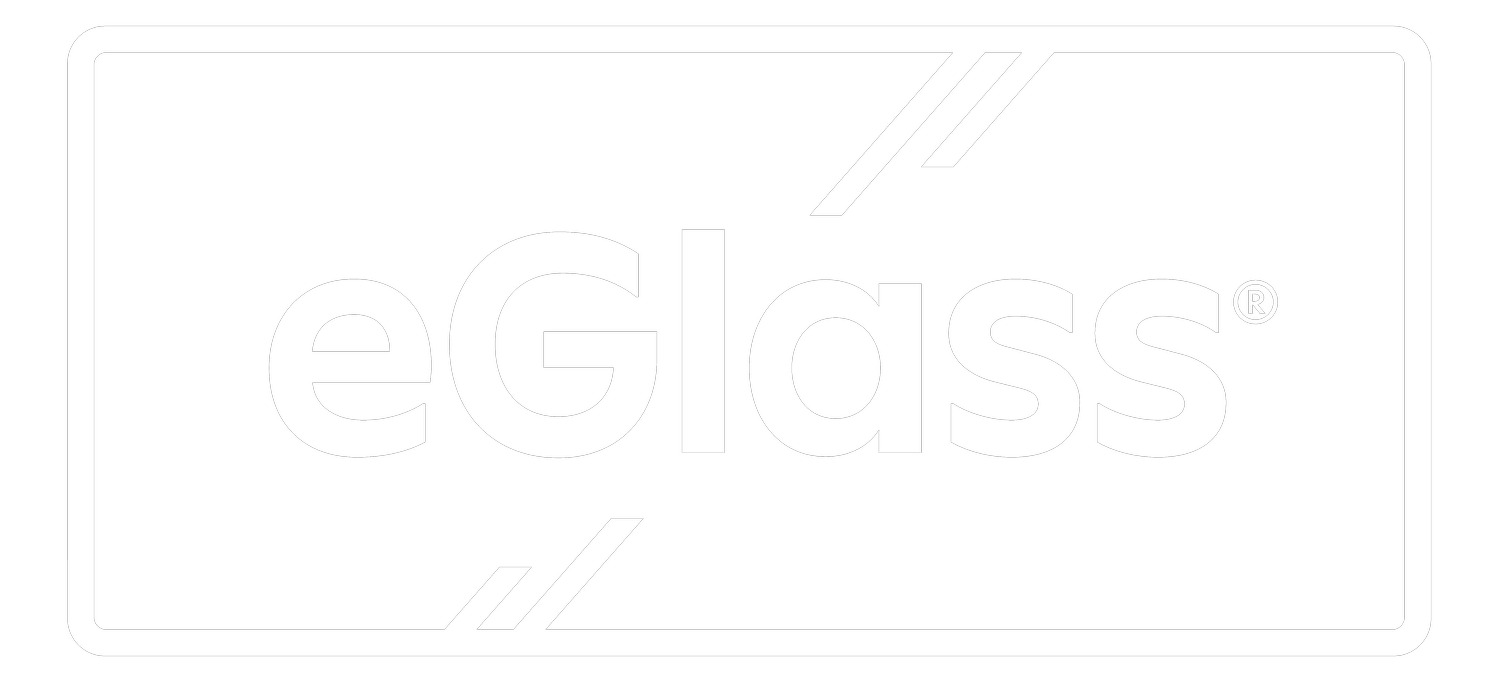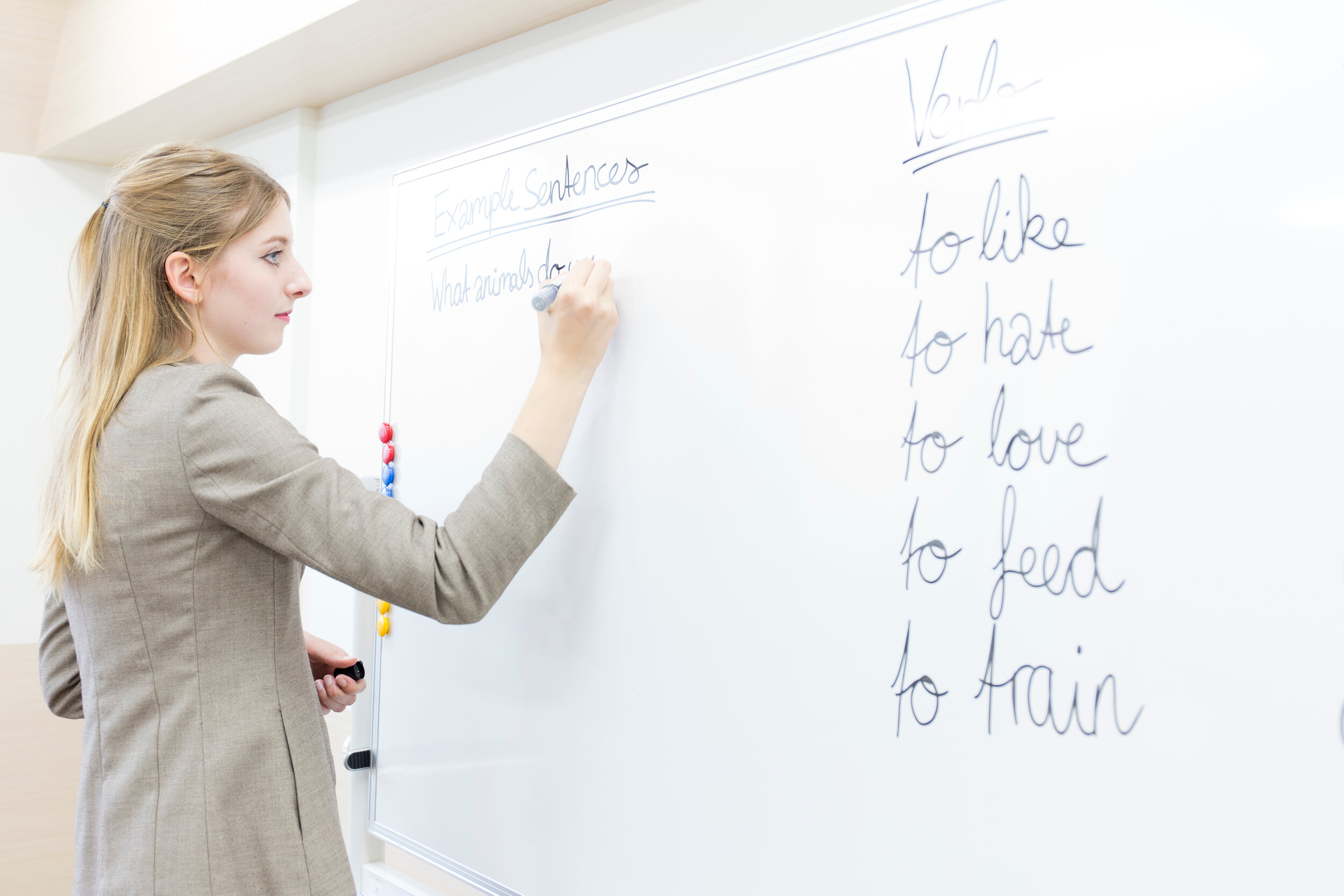
The Facts On Knowledge Blocking
When a teacher interrupts their students’ assimilation of knowledge, they effectively hinder their learning.
Teachers don’t deliberately prevent their students from learning. But as it turns out, virtually every teacher who writes on a board at the front of their class is doing so accidentally.
1. Breaking Eye Contact
It’s the oldest classroom cliche in the world: when the teacher turns their back to write, students disengage.
The cliche is, unfortunately, grounded in reality. When a teacher turns to the board to write, they have broken the human connection between themselves and their students. This gives students a subtle signal to disengage from the learning. Concentration is broken, cognition is interrupted.
2. Blocking The Writing
Unless the teacher is a contortionist, their body naturally blocks their board writing. In effect, the information they’re trying to convey is blocked from the students’ view, creating a further disconnect and cognitive interruption.
Of course, a right-handed teacher will obscure less writing for students on the right side of the room, and a left-handed teacher obscure less writing for students on the left. That means half the class will be working at a disadvantage.
3. Divided Attention
When a student focuses on a teacher, they’re not focused on the content. When a student focuses on the content, they’re not seeing the teacher’s face. And when a teacher speaks in front of a board now visible to students, students don’t know what information they should be focusing on – the spoken or the written. This split attention can be jarring to a student and lead to loss in knowledge retention.

The power of seeing a face and handwriting… at the same time.
Meet eGlass
eGlass is an illuminated glass writing board with a built-in camera. It enables teachers to write on a board without ever turning their backs to their students.
1. Making Eye Contact
eGlass enables teachers to write their lesson, while looking directly at their students. This enables them to ‘read the room’ as they write, mentally noting if students are ‘getting’ the information or disengaging.
2. Fully visible writing… and face
With eGlass, the board writing is constantly in full view of students. What's more, the teacher's face is also visible the entire time. With their face in the same image as the writing, the teacher can use their gestures, gaze and expressions to emphasize elements of their writing.
3. Converged attention
The teacher speaks as they write, reinforcing the written information with their words. There simply is no gap between spoken and written information. And because student’s have eye-to-eye contact, they naturally engage more actively with the teacher.
In case after case, teachers using eGlass have reported greater engagement, information retention and class participation. In other words, the opposite of knowledge blocking.
Time For A Change
Want to contact us about eGlass? It’s as simple as filling in this form.








